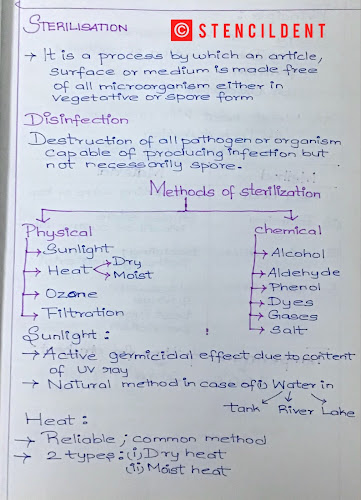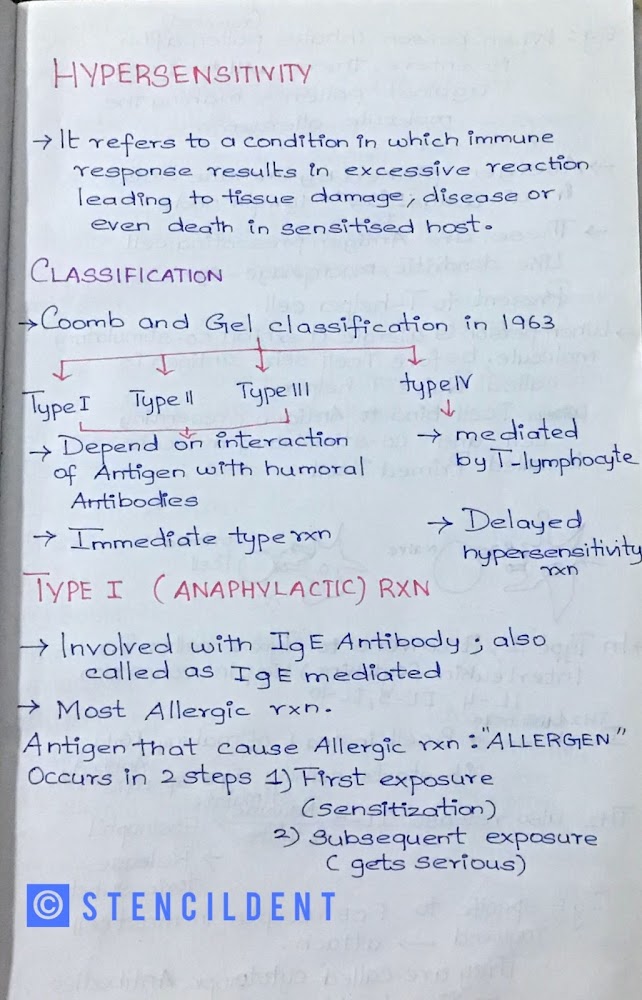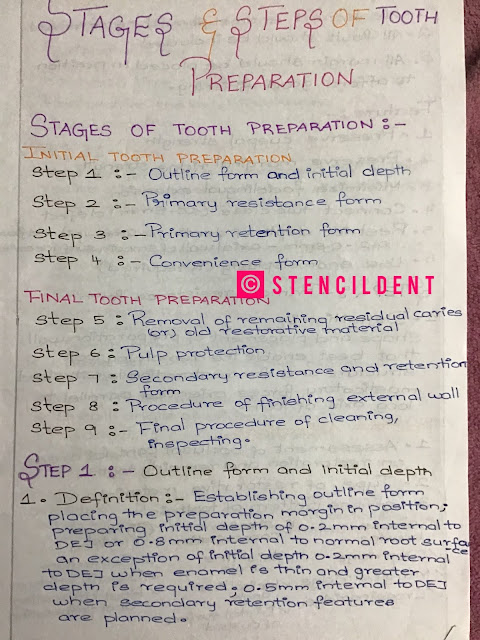Examination of periodontium,periodontal pocket,teeth and implant
PERIODONTAL EXAMINATION OF
TEETH,IMPLANTS,PERIODONTIUM AND
PERIODONTAL POCKET
1)EXAMINATION OF TEETH AND IMPLANTS:
A)TOOTH MOBILITY :
- All teeth have a slight degree of physiologic mobility which varies for :
- Different teeth
- Time
- During the morning it will be greatest ,slight extrusion of tooth whereas ,during sleep it will be limited as there is not much
- Occlusal contact these 24 hour variants are seen in those who
- Have occlusal habits such as :
- Bruxism
- Clenching
LOCAL CAUSES:
- Periapical pathology
- Tooth morphology
- Implant mobility
SYSTEMIC CAUSES :
- Age
- Sex(females more predilection)
- Oral contraceptive
Other Cause :
- Loss of tooth support
- Trauma from occlusion
STAGES :
1)INITIAL /INTRASOCKET STAGE :
- Tooth moves within the confine of periodontal ligament
- Associated with :
- Occur gradually
- Increase in horizontal force results in elastic deformation of alveolar bone
GRADING:
- According to ease and extent of tooth movement
- Normal mobility
- Grade 1:Slightly more than normal (0.2-1mm)in horizontal direction
- Grade 2:Moderately more than normal
- Grade 3:Severe mobility faciolingually and mesiodistally combined with vertical displacement
TRAUMA FROM OCCLUSION:
- When occlusal forces exceed the adaptive capacity of the periodontal tissue ,the tissue damage results ,the tissue injury because the periodontium is unable to cope with the increased stress it experience
CLASSIFICATION BASED ON PERIODONTAL STATUS :
a)PRIMARY :
- Trauma from occlusion due to alteration in occlusal force
b)SECONDARY
- Trauma from occlusion is due to adaptive capacity of tissue to withstand occlusal force impaired by bone loss
2)EXAMINATION OF PERIODONTIUM ,PERIODONTAL POCKET :
A)DETECTION OF POCKET :
- Careful exploration with periodontal probe
- Periodontal pocket -soft tissue change
- Gutta percha points can be used with radiograph to assist with determining the level of attachment of periodontal pocket
B)POCKET PROBING :
- Pocket depth :1-3mm
- Pocket more than 4mm may indicate periodontitis
C)PROBING TECHNIQUE :
- The probe is inserted in distofacial,a walk through over the mid facial ,mesiofacial,mesiolingual,midlingual and distolingual
- Probe must be parallel to long axis of tooth
- Interproximal probing to detect deep pocket in posterior teeth (presence of interproximal )bone resorption
D)LEVEL OF ATTACHMENT AND POCKET DEPTH :
- Distance from the gingival margin to the base of the gingival sulcus
- Clinical attachment level (CAL)
- Distance from the cementoenamel junction to base of sulcus
E)DETERMINING LEVEL OF ATTACHMENT :
- 2 measurement are used to calculate the clinical attachment level
- Probing depth
- Gingival margin
- It may be :
1)GINGIVA AT CEJ
2)CLINICAL ATTACHMENT IN PRESENCE OF RECESSION
- CAL>PD
- CAL=PD+GINGIVAL RECESSION
3)CAL in presence of gingival enlargement
- CAL=PD-GINGIVAL ENLARGEMENT
- Gingival enlargement may be with or without loss of attachment
F)BLEEDING ON PROBING :
- The insertion of a probe to the bottom of the pocket elicit bleeding if gingiva is inflamed and if the pocket epithelium is atrophic
- Early sign of inflammation
- Clinician should recheck for bleeding 30-60 seconds after probing
G)WHEN TO PROBE :
- Used to locate calculus
- Measure gingival recession
- Width of attached gingiva
- Identify tooth and soft tissue anomalies
- Locate and measure furcation involvement
- Bleeding tendencies
H)PROBING FORCE :
- Force of 0.75N -well tolerated ,accurate
- 30g -tip of probe remain with junctional epithelium ,force of upto 50g reach bone level
I)PROBE ANGULATION :
- Angle of 10 to 15 degree
AIM OF THIS POST :
Today we started with examination of tooth and implants :tooth mobility ,local causes ,systemic causes,stages,grading ,trauma from occlusion then we moved on to the second part of today's discussion which is about examination of periodontal ,periodontal pocket
:detection of pocket,pocket probing,probing technique ,level of attachment and pocket depth ,determining level of attachment ,bleeding on probing,when to probe,probing force,probe angulation .Hope this post would have been informative if this post helped you learn then do let me know in the comment section below as this would motivate me to post more such content.
CONTACT DETAILS :
EMAIL :stencildent@gmail.com
INSTAGRAM:stencildent
THANK YOU









I really want to thank the author for such a nice blog that helped me to understand why it is important.
ReplyDelete